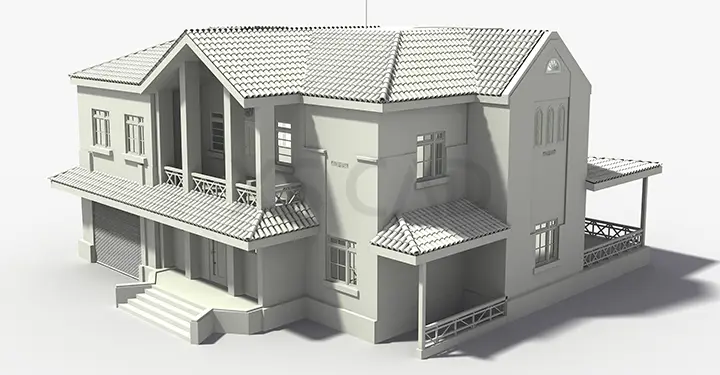Our Articles

Do Digital Twins Contribute to Greater Efficiency in Facilities Management?
Complete efficiency in any sphere, much like the pursuit of happiness, is a mirage that conscientious professionals keep crawling towards. Yet, in the pursuit of efficiency lie discoveries that are both awe-inspiring and convenient, such as the use of digital twins for facilities management.
Automated modern buildings have various control systems for efficient resource usage and building operations as part of facilities management. Digital twin solutions can consolidate all aspects of facilities management into one model.
The Twin Advantage
Digital twins can replicate an entire building’s multiple systems, underlying networks and infrastructure, resulting in:
Virtual models in a software for facilities management – digital twin facility management software – adds to 3D BIM or BIM modelling, where data is sourced from sensors and smart IoT devices. Digital twins can harness large amounts of previously inaccessible data, facilitating increased occupancy comfort and satisfaction.
Digital Twin Facility Management & Smart Facilities
Digital twins contain highly accurate digital descriptions of every building asset. Changing facility conditions can be tracked through simulations, showing the changes from the original design. This helps identify existing faults, anticipate risks and predict possible changes accurately.
Virtual individual pipes and other components can be included in the entire plumbing network. Digital replicas can help track each hydraulic component to give an account of current and past conditions. Operators of the network can control water and wastewater flows using digital twins so that they can understand capacities, pipeline usage and eliminate failures.

Monitoring Conditions Dynamically
A digital twin model uses data collected from fire detectors, HVAC equipment, lighting fixtures, consumption meters, indoor sensors and other installed systems. Continuously fed by dynamic data, digital twin details mirror on-site conditions and help plan immediate or emergency action, such as for a leaking pipe or faulty sensor.
Making Predictions
Data-based predictions using IoT and digital twins can generate up to a 0% reduction in a building’s maintenance and energy costs. Digital twin-based maintenance software can analyse records of every build asset, so that any change is updated in a corresponding 3D digital model. Digital replicas can thus recognise when a certain component is wearing down and needs attention. It can signal the information to the facility manager. Simulations can predict how an object will behave under different conditions. Maintenance approaches can be tested, and outcomes can be anticipated before the arrival of a maintenance team.
To know more about digital twins . . .
Autonomous Operations
Both dynamic and static data from multiple sources in 3D models are brought together in digital twins to show energy and water consumption patterns, room occupancy, HVAC use and other facility operations. Digital twins can analyse building metrics to facilitate green processes, such as reduced water and electricity consumption and reduced waste generation, leading to almost 9% savings in operating expenses.
Intelligent building systems will observe, monitor and learn tenant behavioural patterns (room occupancy times, room lighting and temperature preferences) and adjust facilities operations to meet these requirements. Digital twin models can be used autonomously to monitor devices and flag an asset that needs to be fixed.
Thus, digital twins can help streamline maintenance and improve occupancy comfort, while enabling cost savings. Facilities managers can benefit from the support of architectural drafting, construction documentation, BIM in construction and digital twins to operate with greater efficiency.
XS CAD has valuable experience providing BIM modelling and creating digital twins for general contractors and consultants. Our range of services for facilities management professionals for space optimisation and we deliver architectural drafting and construction documentation across the world. We can convert point clouds to MEP models. We create these models and drawings by using Revit, AutoCAD and BIM Collaborate Pro for cloud collaboration.

